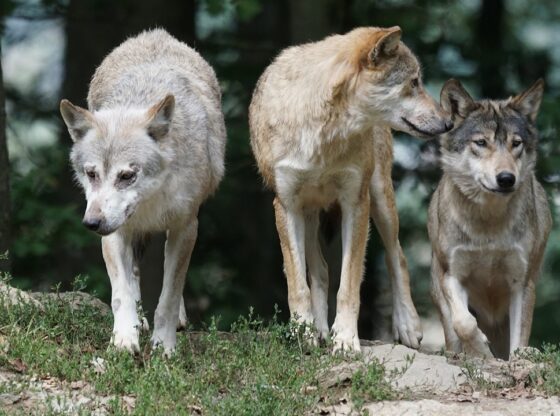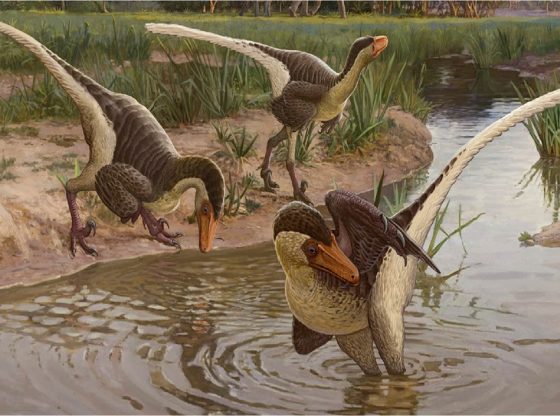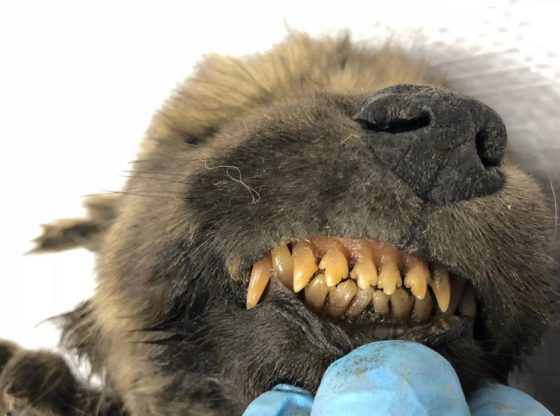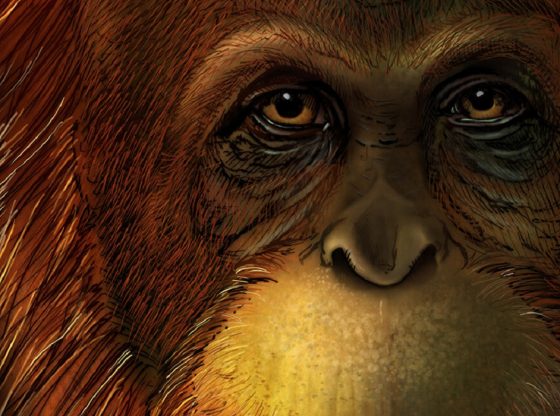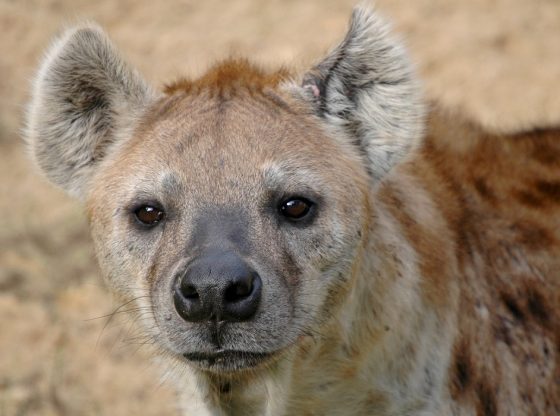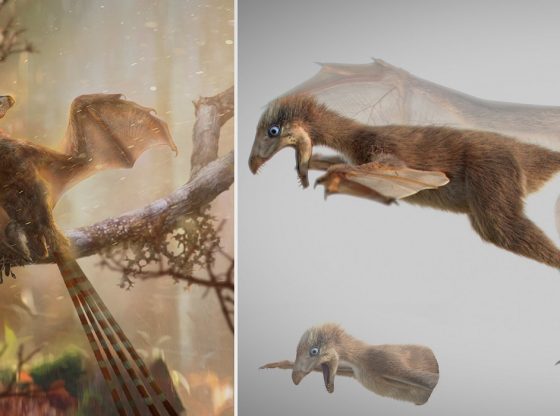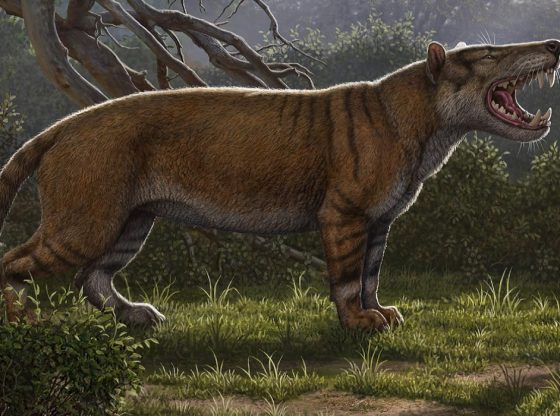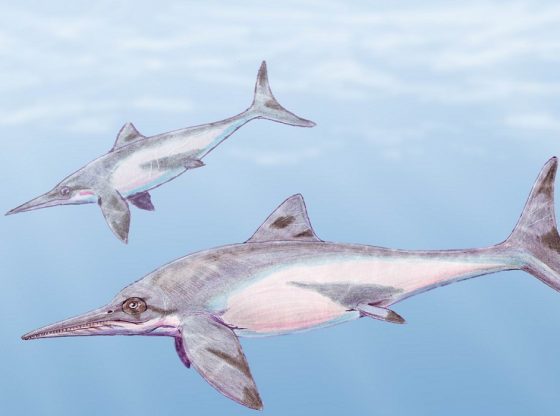The thylacine may not be extinct after all. This is what some Australian scientists now believe.
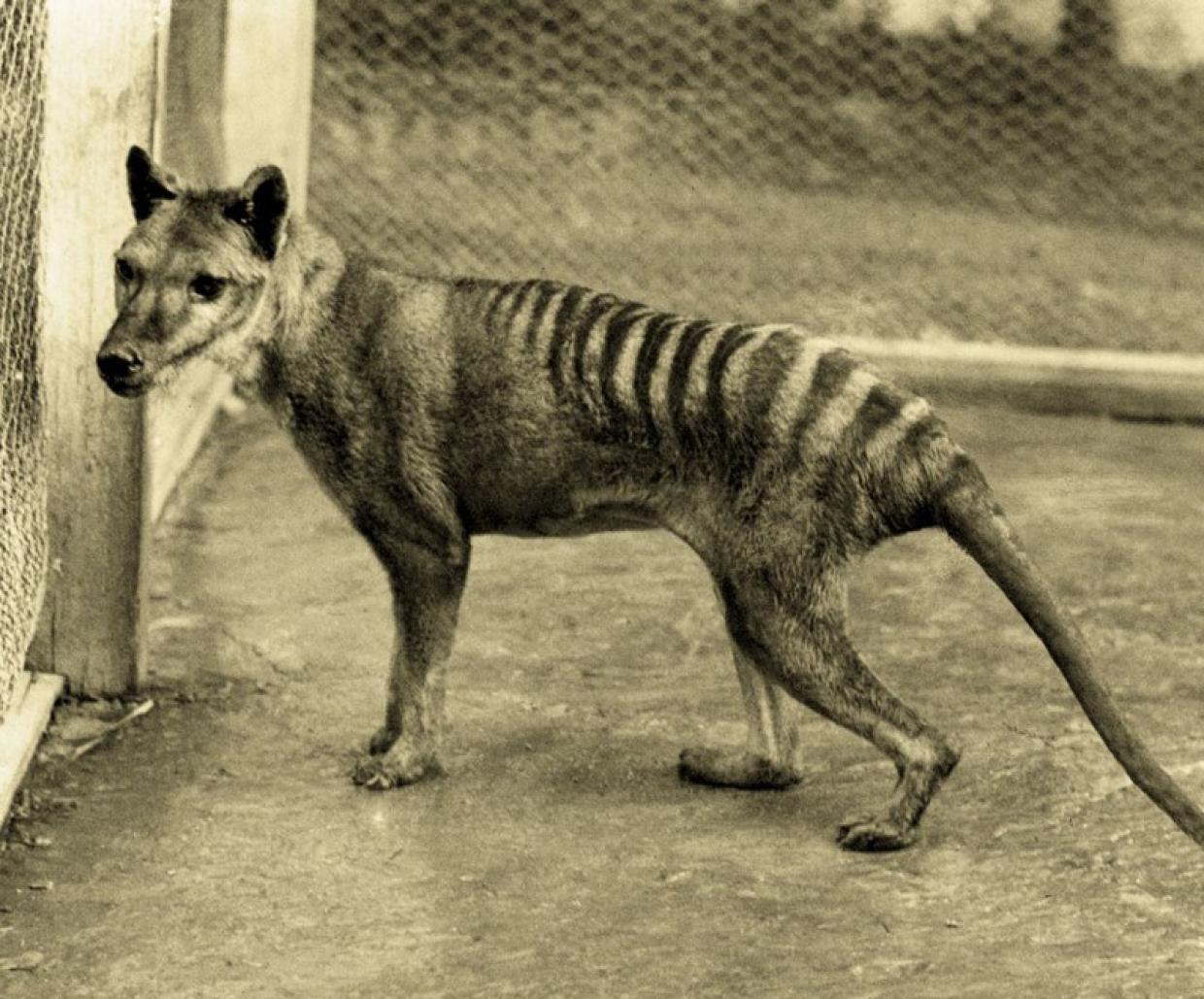
The thylacine, or Tasmanian tiger, as it is also called, has not been seen since 1936. It once roamed across the Australian mainland, Tasmania, and even New Guinea. But the only remaining wild specimens were found on the island of Tasmania in the 1800s.
They posed a problem for the European settlers, as they were said to have killed livestock, especially sheep. In response, the government encouraged intensive hunting by bounties which rapidly sent the animal in declining numbers until the last known specimen died in a zoo in Hobart 1936.
Perhaps it wasn’t the last of the Tasmanian tigers, after all. Since 1936, thousands of sightings of the animal are being reported. Aborigines in northern Queensland also talk about an animal which they call “Moonlight Tiger”. Most observations have been dismissed, but two new cases attracted the interest of researchers.
“- They have given extremely detailed descriptions. There are people who are very experienced in nature. They know how similar animals as dingoes, wild pigs and dogs look like”
– Bill Laurance, at James Cook University.
Laurance leads a project in the state of Queensland to investigate if the Tasmanian tiger really is extinct. 50 camera traps will be deployed in Cape York, Australia’s northern tip and the researchers will also search for the animal with the help of flashlights in the dark.
“As a scientist, I must say that the chances are slim that we will find it. Even if it is, then it would be in such small populations”
Laurance says, adding that in any case, he hope to learn things about other mammals in the region.
Sandra Abell leads the field study and told The Guardian that there is little chance that the cameras would be able to take pictures of Tasmanian tigers, but they might provide information about other unusual predators living in Cape York.
“It is not a mythical creature. It is not that people glimpsed them in the light from a car’s headlights. People who say they actually have seen them describe them in great detail, so it’s hard to say that they have seen something else”
The project has attracted great interest. Laurance says that ten production companies, with links to the BBC and Animal Planet, want to film their work and many have volunteered to help in the search.

